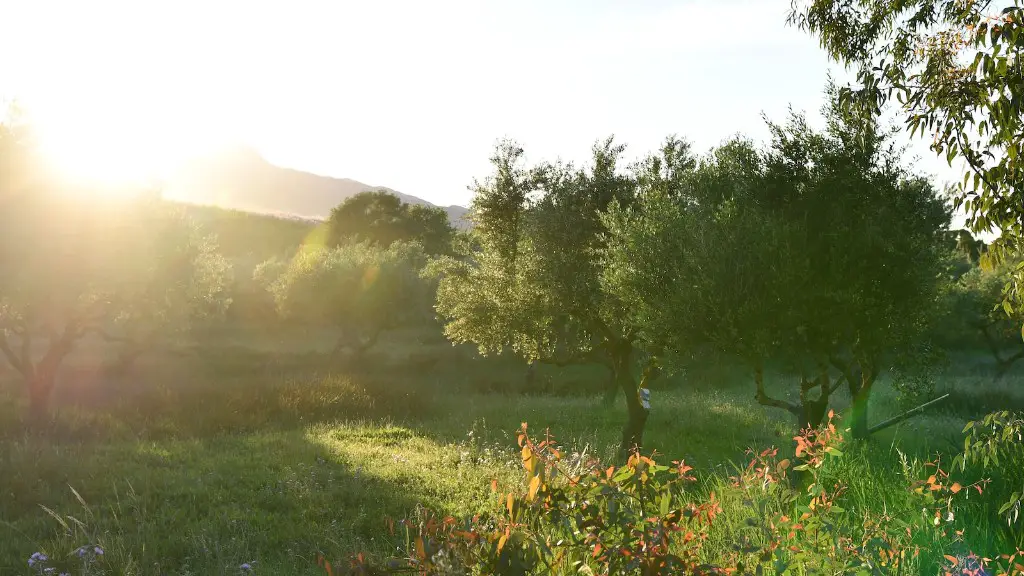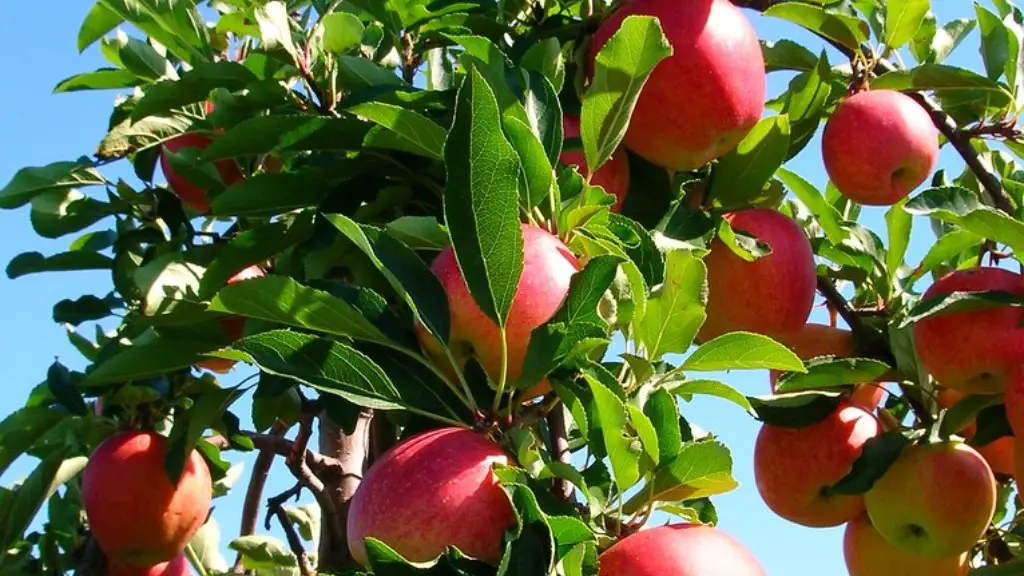Cherry blossom trees are popular landscape choices to grace yards and parks, plus they are often found in Japanese gardens. They bring beauty and visual appeal with their stunning, white flowers, as well as festivals each spring associated with the blooms. With the proper climate and soil, cherry blossom trees can be planted any time of the year, but the best time for planting is during fall and winter.
Why Plant During Autumn and Winter?
The fall and winter months are ideal times to plant cherry blossom trees for several reasons. Firstly, during this time, the soil is still warm and receives adequate moisture for the tree to establish its roots. This is also the time when the tree is in dormancy and has reduced water demand, making it easier to provide the cherry blossom tree with the right amount of moisture.
In addition, temperatures are more moderate during the autumn and winter months. This assists the tree in become established more quickly due to less stress from the heat, as can occur in summer months. Lastly, in the cooler season, cherry blossom trees are less susceptible to moderate frost or high winds and air movement, allowing for a more successful planting experience.
Climate and Soil Conditions for Planting
It is important to note that cherry blossom trees will not sustainably grow in all climates and in all soils. These trees need an environment where the temperature range stays above 5°C (41°F). In North America, they can thrive in climates that reach and stay between -15°C (5°F) and 35°C (95°F). The optimal soil range is between pH 5.0 and 7.6, and the soil should be allowed to thoroughly dry out between waterings. Cherry blossom trees do not do well in heavy clay or waterlogged soils, plus sand or sandy loam soils should be amended with organic matter for the best success.
Protection & Mulching
In the first two years following the planting of a cherry blossom tree, protection from animals, such as by use of chicken wire, is necessary. The wire should be removed within two years of planting, only for reapplication in extreme winter conditions. Further, mulching around the tree should be carried out every autumn or winter season, to preserve the soil’s temperature as well as to protect the roots from frost.
When mulching, the aim is to supply 4-6 inches (10-15 cm) of mulch around the base of the tree. Shredded bark or a specialized cedar mulch can be used.It is important not to mound the mulch around the base of the trunk, as it can cause the tree bark to soften, leading to disease and death. Additionally, when mulching, it is essential to water the tree soil frequently since the mulch can absorb a lot of the water in the area.
Fertilizing
Fertilizing should commence two months after planting, and the ideal fertilizer should be a slow-release fertilizer that meets the tree’s needs. Once the winter season is over, switch to using a high-nitrogen fertilizer, which helps develop green foliage for the growing season. A cheap way to fertilize is to add coffee grounds to the mulch after planting the tree.
When to fertilize again depends on the type of fertilizer used. For slow-release fertilizers, a single application at the start of the season is ideal. High-nitrogen fertilizers, on the other hand, should be used about once every six weeks.
Pruning
Pruning should be done in the winter season to help shape the tree and also stimulate growth. Firstly, remove dead, diseased or broken branches. Young trees should only have 2-3 side branches on each branch from the main trunk. It is also important to reduce the size of each branch by half so that the tree will fit the space it is given. More mature cherry blossom trees require pruning to remove crossing branches, remove dead wood and to shape the tree.
Cherry Celebration Festivals
Cherry blossom trees bring joy and celebration everywhere they bloom. There are yearly festivals in many countries, as well as in different North American cities, to celebrate their blooms. These festivals include food, music, and processions, as well as fine art competitions that feature the cherry blossom tree and its flowers. These festivals provide the perfect opportunity to appreciate the beauty of the cherry blossom tree blossoms.
The Lifespan of a Cherry Blossom Tree
The cherry blossom tree can be expected to live from 24 to 50 years, depending on the environment and the care given. When planted during autumn and winter and given proper care and protection, the tree will give beauty for generations to come to homeowners and parks.
Bringing Joy with a Cherry Blossom Tree
Cherry blossom trees are an important part of many cultures, as they bring joy and celebration with them in when they bloom each season. Planting a cherry blossom tree can bring beauty to any backyard and home, especially when planted during the autumn and winter months, where they have the best chance of thriving. With proper care and protection, you can enjoy the beauty of a cherry blossom tree for years to come.
Care Instructions
Cherry blossom trees require specific care instructions to remain healthy, even when planted in the ideal conditions during autumn and winter months. Along with following appropriate climate and soil criteria, protecting against pests and animals as well as pruning and mulching, adequate fertilizing is also important. Coffee grounds are a cheap way to fertilize, and slow-release and high-nitrogen fertilizers should be applied after planting the tree, and thereafter depending on the fertilizer used.
Conclusion
In conclusion, autumn and winter are the ideal times to plant a cherry blossom tree, as the tree is in a dormancy state and the soil is warm and moist. Besides providing beautiful blooms each season, cherry blossom trees bring festivals and joy to many countries and cities. With the right care and attention, a cherry blossom tree can be enjoyed by homeowners and parks across the country for generations.


